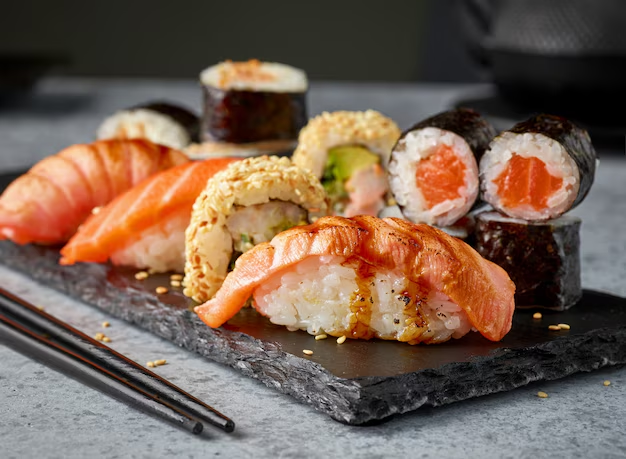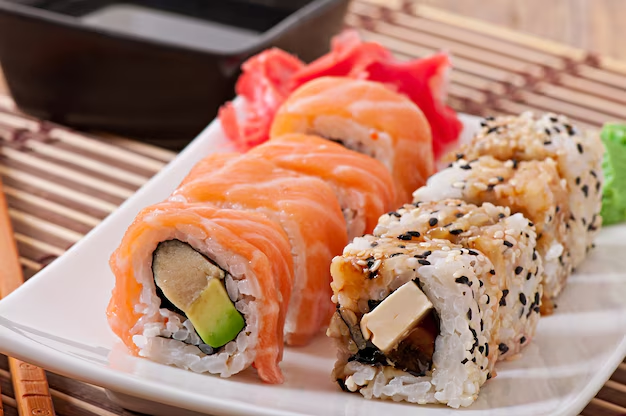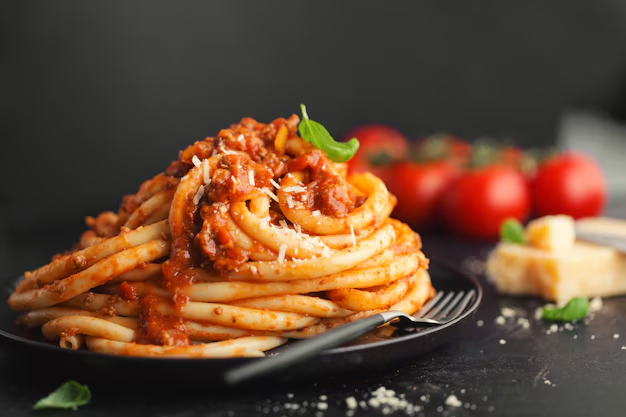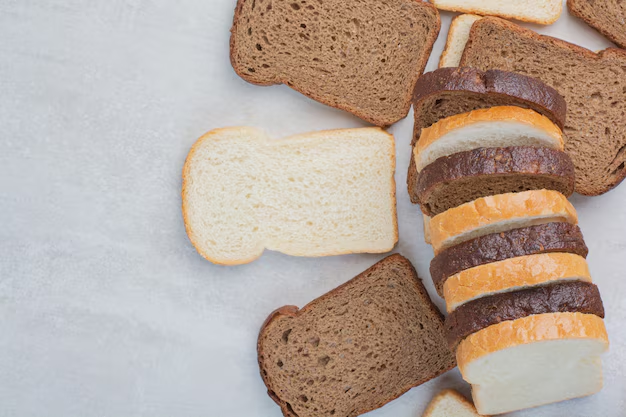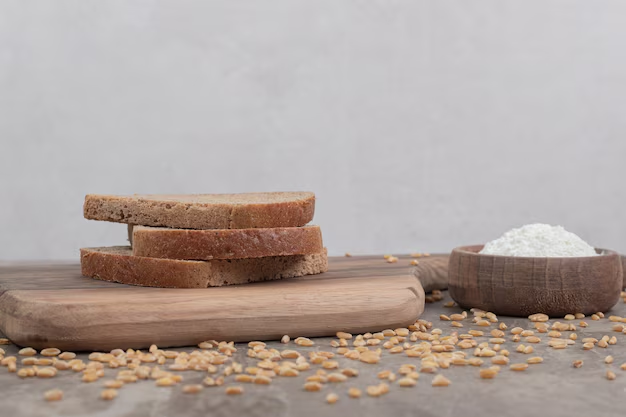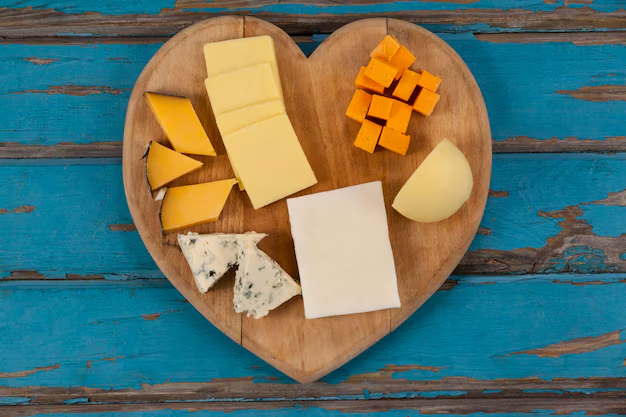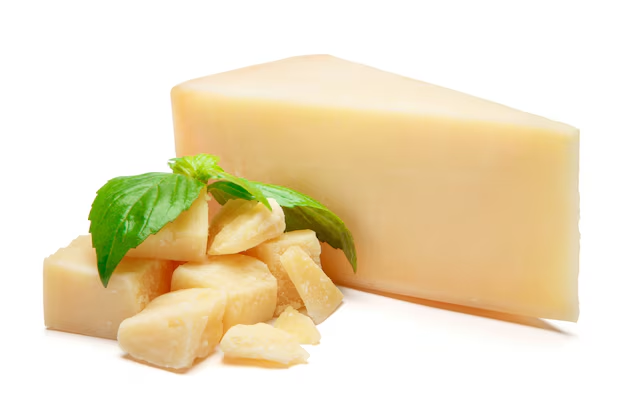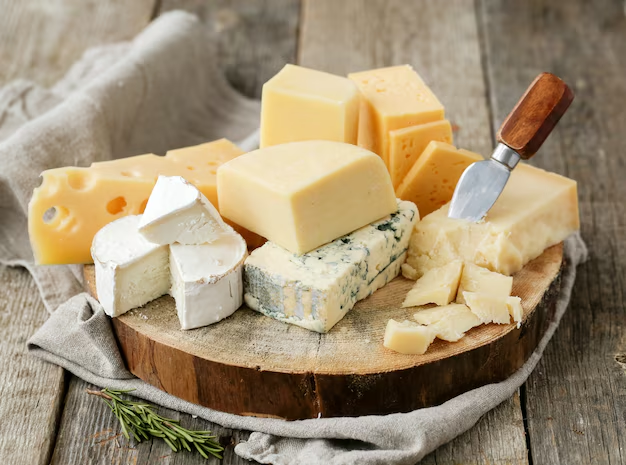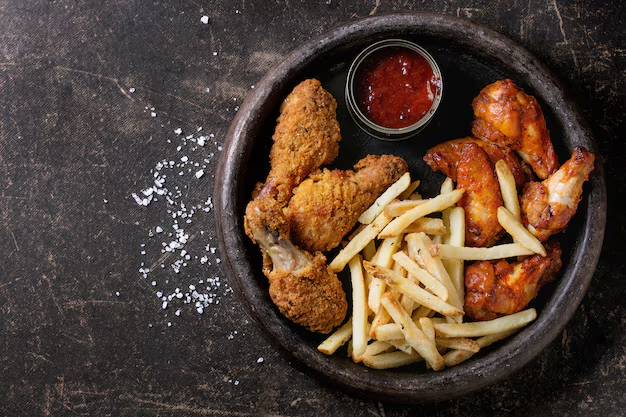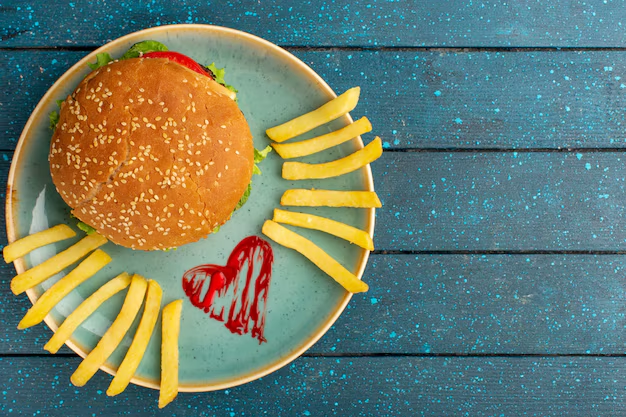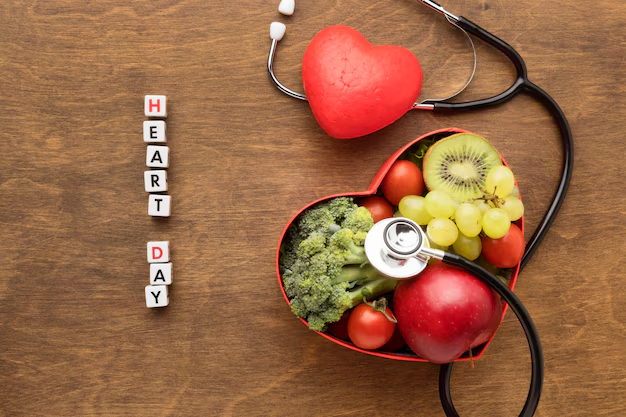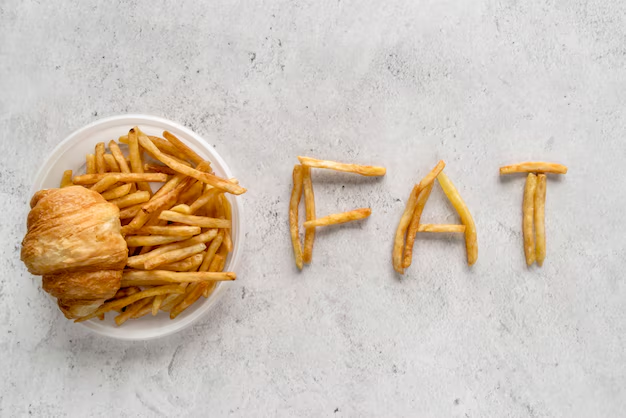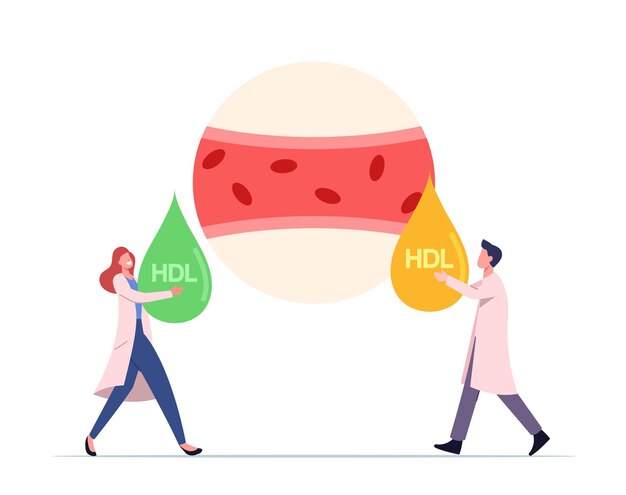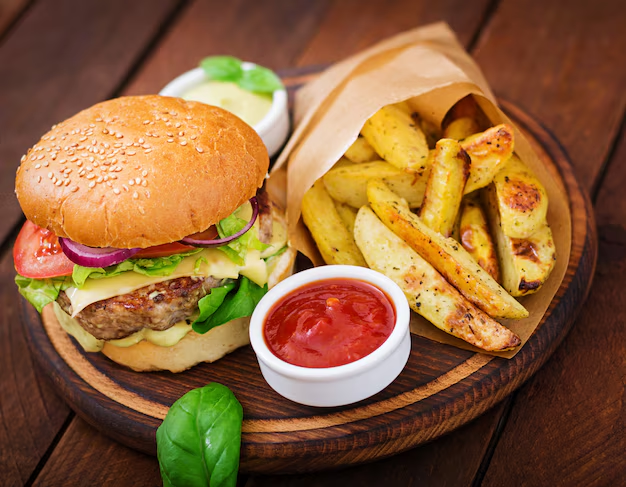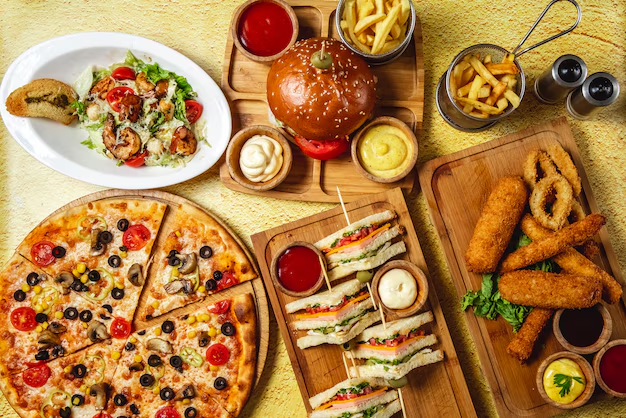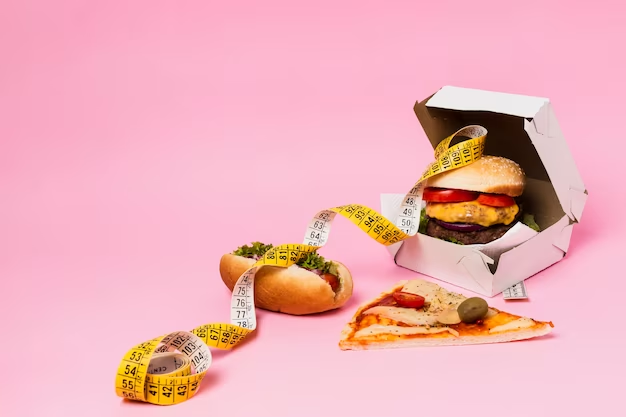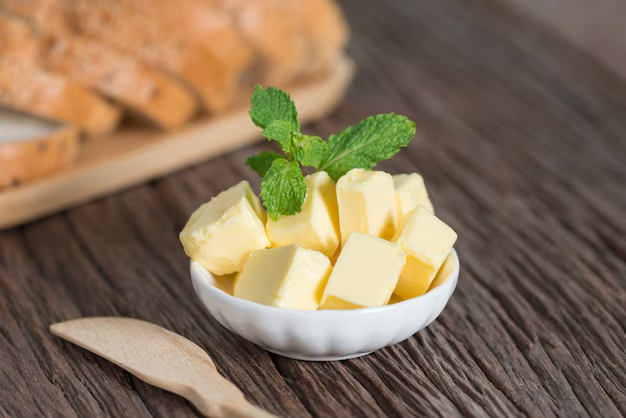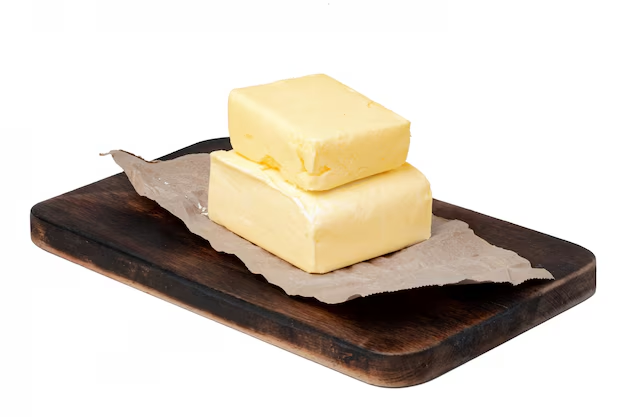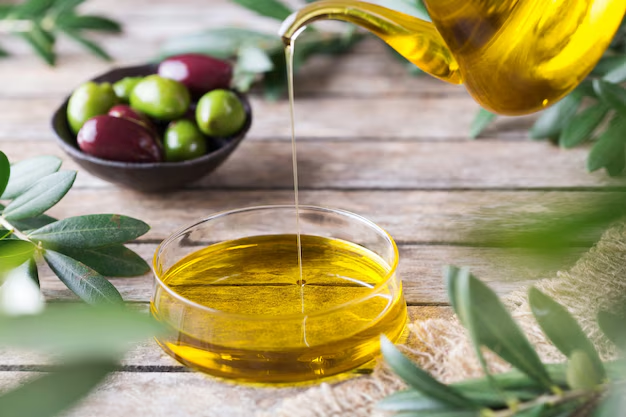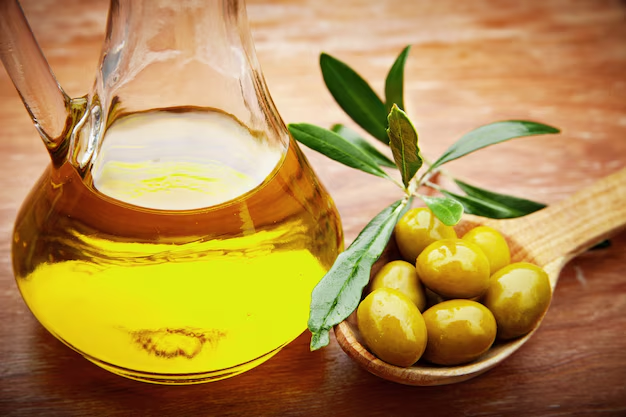Avocados are a favorite superfood loved by many for their creamy texture and impressive health benefits. Packed with essential nutrients, they have become a staple in healthy eating and weight loss diets. Their popularity is not just a passing trend; avocados offer a unique blend of healthy fats, fiber, and vitamins that make them ideal for people looking to shed extra pounds. But is avocados really good for weight loss? Let’s dive deeper into their nutritional profile and their role in managing weight.
Nutritional Composition of Avocado
Avocados are rich in monounsaturated fatty acids (MUFA), which are known as “good fats.” These fats not only provide energy but also support heart health by reducing bad cholesterol levels.
MUFAs also play a role in reducing inflammation, which is often linked to obesity. Unlike trans fats or saturated fats, MUFAs can help regulate body fat distribution, making them a weight-loss-friendly choice.
Fiber Content and Its Role in Satiety
One medium avocado contains about 10 grams of dietary fiber, making it an excellent source for promoting satiety. Fiber slows digestion, which helps you feel full longer.
This reduces the chances of overeating and keeps your calorie intake in check. Soluble fiber in avocados also supports gut health by feeding good bacteria, which plays an important role in metabolism.
Vitamins and Minerals: A Nutrient Powerhouse
Avocados are loaded with vitamins and minerals that contribute to overall health. They are a good source of:
- Vitamin K, which supports bone health.
- Vitamin E, a powerful antioxidant that fights inflammation.
- Potassium, which helps regulate fluid balance and muscle contractions.
These nutrients not only enhance general well-being but also support a healthy metabolism, which is key to weight management.
Why Are Avocados Good for Weight Loss?
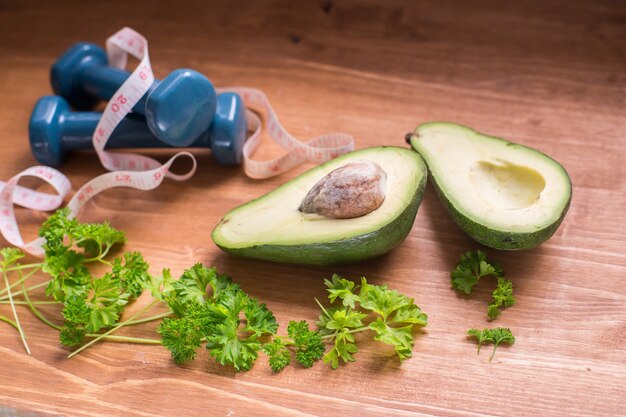
Avocados combine healthy fats and fiber, which are crucial for controlling appetite. Their unique nutritional profile helps manage hunger without causing spikes in blood sugar levels. This makes them an ideal choice for those aiming to lose weight.
Role of Fiber and Healthy Fats in Appetite Control
Fiber and healthy fats work together to regulate appetite and reduce cravings. The fats in avocados signal your brain that you are full, while the fiber prolongs this feeling. This duo minimizes the need for frequent snacking, making it easier to stick to a calorie-controlled diet.
Will Avocado Help You Lose Weight?
Yes, avocados can support weight loss when consumed in moderation. Their ability to curb hunger, provide steady energy, and supply vital nutrients makes them a valuable addition to a weight-loss plan. However, portion size matters because avocados are calorie-dense..
Avocado Fat Loss Tips
- Use avocado as a spread instead of butter or mayo.
- Add diced avocado to salads for a satisfying, nutrient-rich topping.
- Blend avocado into smoothies for a creamy texture without added sugar.
To Read: Creamy Avocado, Cilantro, & Pistachio Pesto
How Many Calories in an Avocado Toast?
Avocado toast is a popular meal, but its calorie count can vary based on the portion sizes and ingredients. On average, a slice of avocado toast with whole-grain bread and half an avocado contains approximately 200–250 calories.
Adding toppings like eggs, cheese, or spreads can increase the calorie count. For those watching their weight, opting for whole-grain bread and limiting extras is a good way to keep the meal both healthy and calorie-controlled.
Benefits of Avocado Toast for Breakfast Weight Loss
Avocado toast is an excellent choice for breakfast when aiming for weight loss. It provides a balanced combination of fiber, healthy fats, and complex carbohydrates, which help maintain steady energy levels. Fiber from the bread and avocado promotes satiety, reducing mid-morning cravings.
The healthy fats in avocado also stabilize blood sugar levels, preventing energy crashes and overeating later in the day. When paired with nutrient-dense toppings like tomatoes or microgreens, avocado toast becomes a powerhouse breakfast for those managing their weight.
Is Avocado Toast with Egg Good for Weight Loss?
Adding an egg to your avocado toast enhances its nutritional profile without adding too many calories. Eggs are high in protein, which boosts metabolism and promotes muscle maintenance during weight loss.
Protein also helps you stay fuller longer, making it easier to resist snacking. Together, the avocado and egg create a nutrient-dense meal that satisfies hunger while supporting your weight loss goals. To keep it weight-loss-friendly, cook the egg using minimal oil or opt for a poached or boiled egg.
Does Avocado Toast Make You Fat?
Avocado toast, when eaten in moderation, is unlikely to make you gain weight. However, it is calorie-dense, so portion control is essential. Overloading your toast with avocados or high-calorie toppings like cheese or butter can lead to excess calorie intake, potentially causing weight gain. T
o enjoy avocado toast without worrying about weight gain, stick to one slice and choose whole-grain bread with simple, healthy toppings.
Best Time to Eat Avocado for Weight Loss
The best time to eat avocado for weight loss is in the morning or early afternoon. Consuming avocado as part of breakfast or lunch provides long-lasting energy and keeps you full throughout the day. It’s also a great addition to pre-workout meals, as it supplies healthy fats and keeps you fueled for physical activity.
How to Eat Avocado for Weight Loss?

Here are some simple ways to include avocado in your weight-loss diet:
- As a spread: Replace butter or mayonnaise with mashed avocado on toast or sandwiches.
- In smoothies: Add a quarter of an avocado to your morning smoothie for a creamy texture without added sugars.
- In salads: Dice avocados and mix them into salads for an extra dose of nutrients.
- As a snack: Pair avocado slices with cucumber or whole-grain crackers for a quick, filling snack.
- In meals: Use avocado as a topping for soups, tacos, or scrambled eggs for added flavor and nutrition.
Keep portion sizes in mind to avoid consuming excess calories.
Avocado Benefits Beyond Weight Loss
Avocados are not only great for weight management but also offer numerous health benefits:
- Skin health: Rich in antioxidants like vitamin E, avocados help combat free radicals, promoting radiant and youthful skin.
- Heart health: The monounsaturated fats in avocados help reduce bad cholesterol levels, supporting cardiovascular health.
- Eye health: They contain lutein and zeaxanthin, which are essential for maintaining good vision and preventing age-related eye conditions.
- Improved digestion: Avocados are high in fiber, which supports regular bowel movements and a healthy gut.
- Hormonal balance: The healthy fats in avocados are important for hormone production and regulation, particularly for women.
Including avocados in your diet can provide benefits that extend beyond weight loss, making them a truly versatile superfood.
FAQs
Do avocados burn belly fat?
Avocados don’t directly burn belly fat but help reduce overall fat by promoting satiety. They are rich in healthy fats and fiber, supporting better appetite control and weight management.
Can I eat avocado every day for weight loss?
Yes, eating avocado daily in moderation supports weight loss. Its fiber and healthy fats enhance fullness, but monitor portion sizes to avoid excess calorie intake.
Is an avocado high in calories?
Yes, avocados are calorie-dense due to their fat content. One medium avocado contains about 240 calories, so moderation is key for weight management.
Conclusion
Avocados are a fantastic addition to any weight-loss plan. They are packed with healthy fats, fiber, and essential nutrients that help control appetite, boost metabolism, and improve overall health. From avocado toast for breakfast to versatile snack ideas, they can fit into various meals throughout the day. However, portion control is key to reaping their benefits without overloading on calories. Beyond weight management, avocados offer a range of benefits for skin, heart, and digestion.



